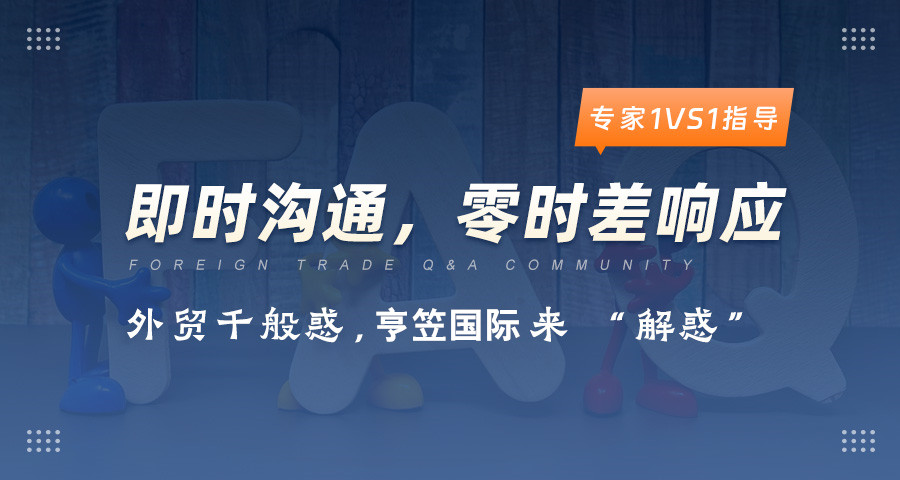中欧班列上海集装箱
The China-Europe Railway (CER), also known as the Belt and Road Initiative (BRI) railway, is one of the most significant international freight routes in the world. Launched in 2013, the CER connects China's major cities with European ports through a network of dedicated freight trains. Among the various modes of transportation utilized by the CER, the use of containers has become a cornerstone of its success. Containerization not only enhances the efficiency of cargo handling but also ensures the security and reliability of goods during transit. This article delves into the details of the CER, focusing on its container services, operational mechanics, and the advantages it offers to both Chinese and European businesses.
Understanding the CER and Its Container Services
The CER operates a network of dedicated freight trains that traverse the vast expanse of Asia and Europe. These trains are equipped with state-of-the-art facilities designed to handle large volumes of cargo efficiently. Containers, as the primary cargo unit on these trains, play a pivotal role in ensuring smooth operations. Each container is typically 20 or 40 feet in size and is stacked on top of each other to maximize space utilization. The use of standardized container sizes allows for better load planning and reduces the risk of damage during transit.
One of the key strengths of the CER is its ability to handle a wide variety of cargo types, including heavy machinery, chemicals, and perishables. The dedicated nature of the trains means that they are not burdened with passengers, which allows for faster and more efficient movement of goods. Additionally, the CER's container services are known for their high level of reliability, with trains typically departing on time and arriving at their destinations within a few days of their scheduled departure.
The Role of Containers in the CER's Operations
Containers are integral to the CER's operations for several reasons. First, they enable the efficient stacking of goods, which reduces the time and effort required to load and unload cargo. This is particularly important in the context of the CER, where the trains operate over long distances and are carried by multiple rail segments. The ability to stack containers also reduces the number of individual trips required to transport goods, which in turn lowers operational costs.
Another significant advantage of using containers in the CER is the ability to integrate them with other modes of transportation. For example, containers can be transferred from the CER to sea vessels, trucks, or even pedestrians at designated terminals. This flexibility allows for a seamless transition between transportation modes, which is essential for meeting the diverse needs of international trade.
The containers used by the CER are typically equipped with specialized features to ensure their safety and integrity during transit. These include temperature-controlled compartments, reinforced frames, and anti-corrosion coatings. These features are particularly important when transporting goods that are sensitive to temperature fluctuations or prone to damage, such as foodstuffs, chemicals, and industrial materials.
The Advantages of the CER's Container Services
The CER's container services offer a range of benefits to businesses operating in both China and Europe. One of the most significant advantages is the high level of efficiency that the CER provides. By using dedicated trains, the CER eliminates the delays and inefficiencies associated with general cargo trains. This allows businesses to focus on their core activities without being bogged down by logistical challenges.
Another key advantage of the CER is its reliability and punctuality. The CER's trains are known for their consistent schedule, with minimal delays due to weather, maintenance, or other disruptions. This level of reliability is crucial for businesses that rely on timely delivery of goods to meet customer demand.
The CER also offers a cost-effective solution for transporting goods. By using containers, the CER minimizes the cost of transporting individual items, which can be expensive and time-consuming. Additionally, the dedicated nature of the CER's trains allows for economies of scale, which further reduces operational costs.
The integration of the CER's container services with other transportation modes is another significant advantage. This allows businesses to optimize their supply chains by choosing the most appropriate mode of transportation for each segment of their journey. For example, containers can be transferred from the CER to sea vessels, trucks, or pedestrians, depending on the destination and the nature of the cargo.
Future Trends and Enhancements in the CER's Container Services
Looking ahead, the CER's container services are poised to benefit from a range of technological advancements and operational improvements. One area of focus is the use of automation and artificial intelligence to enhance the efficiency and reliability of container operations. For example, automated guided vehicles (AGVs) and robotic sorting systems are being increasingly used to streamline the loading and unloading of containers, reducing the risk of errors and improving speed.
Another potential improvement is the implementation of real-time tracking and monitoring systems for containers. These systems allow businesses to monitor the status of their cargo in real-time, from the moment it is loaded onto a train until it arrives at its destination. This level of transparency is particularly valuable for traceability and customs clearance, which are critical for international trade.
The CER is also exploring opportunities to expand its network and serve new markets. This includes the addition of new routes to connect China with emerging regions in Africa, the Middle East, and Latin America. Additionally, the CER is working with other railway operators and logistics providers to create a more integrated and efficient transportation ecosystem, which will further enhance the value of its container services.
Conclusion
The China-Europe Railway (CER) is a vital link in the global supply chain, providing a reliable and efficient means of transporting goods between China and Europe. The use of containers in the CER's operations has been a key factor in its success, enabling the railway to handle a wide range of cargo types and integrate seamlessly with other transportation modes. The CER's container services offer numerous benefits, including cost savings, improved efficiency, and enhanced reliability, making them an essential component of the global trade network. As the CER continues to evolve and expand, it will undoubtedly play an even greater role in facilitating international trade and connecting the world through rail transportation.
上述信息,涵盖图片、视频以及各类文字资料,亨笠供应链仅扮演信息存储的角色。若存在任何侵犯知识产权或其他合法权益的情形,请立即联系我们删除,切实维护您的权益。
郑重声明
- 上一篇:中欧班列上海闵行站地址
- 下一篇:中欧班列上海雪花膏

Experts Q & A
外贸专家答疑
为了帮助您更快地解决问题,建议向我们的外贸专家进行咨询,提供专业的方案咨询和策划。


马上留言 (0) 0